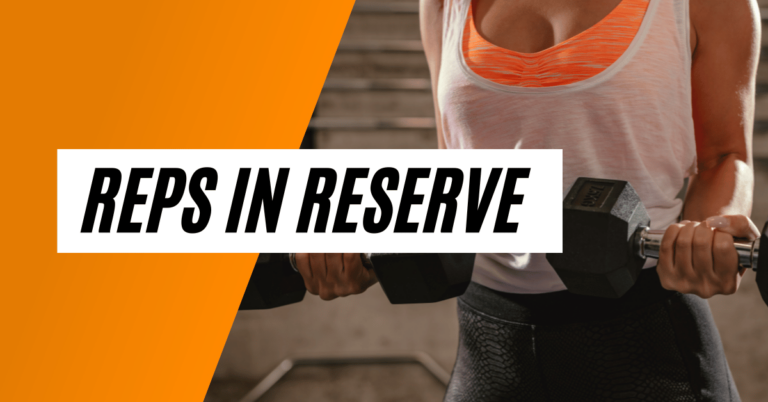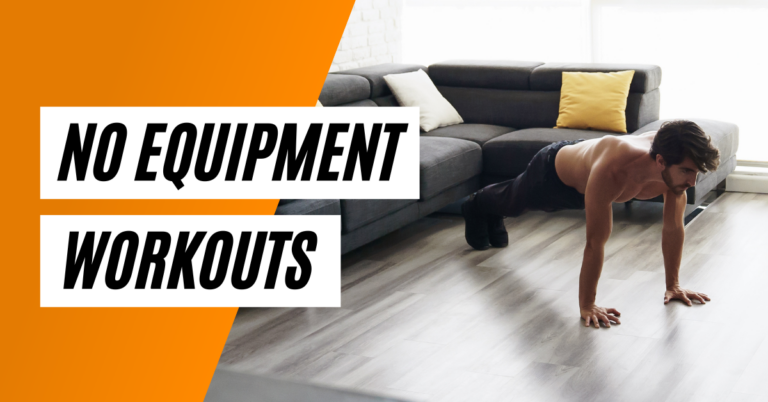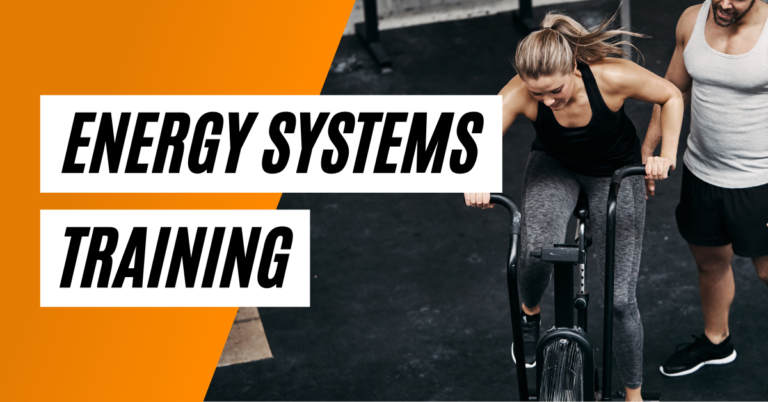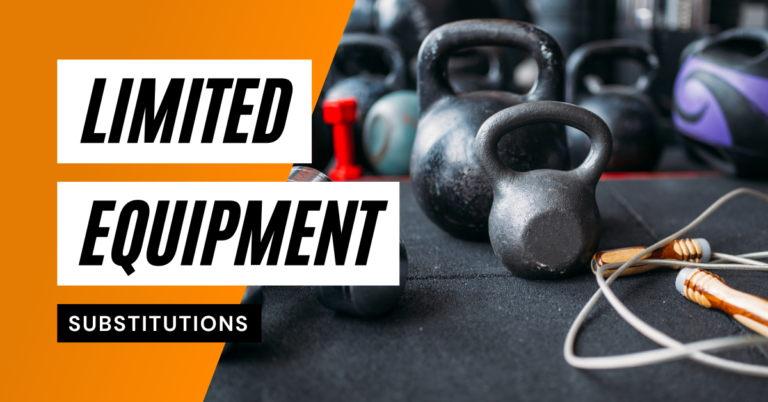Aerobic Conversions
This page provides a guide to potential workout substitutions within the daily training program. Typically, our standard programming includes three types of aerobic exercises: distance running (100m, 200m, 400m etc), shuttle runs, and double unders. If you have access to cyclical machines like rowing machines or air bikes (such as Assault Bike, Echo Bike or Air Dyne), you’re invited to substitute them using the chart below.
| Run (meters) | Shuttle Run* (reps) | Double Unders (reps) | Row/Ski (meters) | Air Bike (calories) | Bike (meters) | Time (min/sec) |
|---|---|---|---|---|---|---|
| 100 | 4 | 50 | 125 / 100 | 8 / 6 | 250 / 200 | 0:30 |
| 200 | 8 | 100 | 250 / 200 | 15 / 12 | 500 / 400 | 1:00 |
| 400 | 16 | 200 | 500 / 400 | 30 / 24 | 1000 / 800 | 2:00 |
| 600 | 24 | 300 | 750 / 600 | 45 / 36 | 1500 / 1200 | 3:00 |
| 800 | 32 | 400 | 1000 / 800 | 60 / 48 | 2000 / 1600 | 4:00 |
| 1000 | 40 | 500 | 1250 / 1000 | 75 / 60 | 2500 / 2000 | 5:00 |
*The prescribed distance for one repetition of the shuttle run is 50 feet (15.24 meters), consisting of running 25 feet (7.62 meters) down and 25 feet (7.62 meters) back.
If equipment, physical ability, or skill constraints prevent you from performing any of the above substitutions, refer to the time column. It shows the recommended duration of aerobic activity based on other metrics. Simply choose an aerobic exercise you can do for the specified duration. For instance, if running isn’t feasible, toe taps, running in place, high knees, or running stairs could be viable alternatives.
Please note that while our conditioning sessions are designed with specific energy systems in mind, the choice of aerobic tool isn’t crucial for training these systems. However, we also consider movement patterns and skill development when programming workouts. For instance, if a workout prescribes double unders on a certain day, it’s because we want to incorporate a plyometric training aspect. Substituting double unders with an air bike wouldn’t be ideal in this context. Similarly, if a workout includes shuttle runs, which involve rapid change of direction, replacing these with a distance run would not be ideal. So while substitutions are possible, it’s important to take into account the specific goals of each workout.
Double Unders Substitutions
Different training programs suggest doubling or tripling single unders as a substitute for double unders. In our program, we recommend a 50% increase (1.5 times the double unders) to maintain the workout’s energy system focus. Using a higher rep count might disrupt the purpose of a workout. For example, if a 3-minute interval workout requires 100 double unders and 20 deadlifts, tripling the count of single unders might cause you to spend the entire interval on them, detracting from the workout’s intention.
For double under substitutions like jumping jacks, we recommend keeping the same rep count. Given the similar energy expenditure due to arm and leg movements, the number of reps should be equal. Pogo jumps and line hops typically follow the same rule as single unders—a 50% increase—although line hops demand slightly more energy per rep. However, don’t obsess over these numbers. These are skill movements and the ideal substitution will vary based on individual jumping ability, ankle strength, plyometric endurance, etc.
| Double Unders | Jumping Jacks | Single Unders | Line Hops | Pogo Jumps |
|---|---|---|---|---|
| 10 | 10 | 15 | 15 | 15 |
| 20 | 20 | 30 | 30 | 30 |
| 30 | 30 | 45 | 45 | 45 |
| 40 | 40 | 60 | 60 | 60 |
| 50 | 50 | 75 | 75 | 75 |
| 60 | 60 | 90 | 90 | 90 |
| 100 | 100 | 150 | 150 | 150 |
Please note, if you’re unable to perform double unders, don’t use the conditioning workout as practice time. Instead, use any of the mentioned alternatives. If learning the skill is important to you, practice double unders outside of the conditioning workout for better long-term progress.








